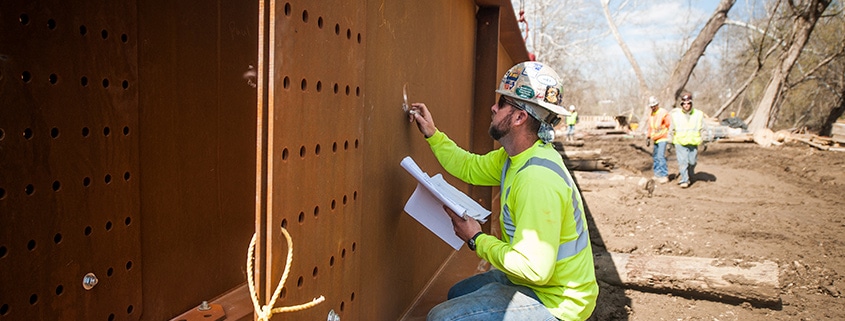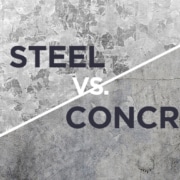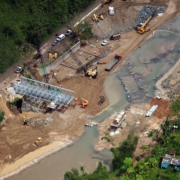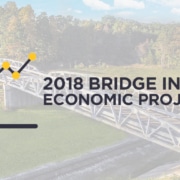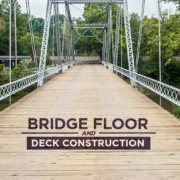What Does a Bridge Engineer Do?
Bridges play a key role in our lives by connecting our communities, promoting commerce travels, and contributing to our country’s economic development. But who designs these bridges and what does a bridge engineer do?
Bridge Engineers
Bridge Engineers are civil engineers responsible for designing and building bridges and other highway-related structures. Typical tasks for bridge engineers include designing and maintaining bridge structures, minimizing environmental impact, and supervising the fabrication process. As well as completing site investigations, data collection, identifying environmental risks, analyzing manufacturing processes, supervising construction, and more.
Although the exact duties of a bridge engineer may differ, it’s safe to say they’ll always play a critical role in any bridge construction project.
Designing and maintaining a bridge is no easy task. That’s why bridge engineers are required to have skills such as analytical thinking, leadership, supervisory skills, organization, and creativity. Not to mention, time management and budgeting skills which are essential for projects with restricted time or resources.
Bridge Engineering: It’s All About The Details
Meetings & Details
Naturally, the first part of any construction project is understanding the full scope. This meeting typically covers topics and details such as bridge series and styles, special enhancements or treatments, railing criteria, etc. This will help the bridge engineer to draw up some preliminary sketches of the bridge’s general framing plan, bridge geometry, and basic construction.
These designs help illustrate the bridge and prepare the project for its next step.
Digital Renderings
One of the most powerful tools for bridge engineers to utilize is technology. Bridge engineers will often use computers to create virtual models to assist in visualizing a project. This helps the team picture the visual impacts of the bridge to any given site as well as the aesthetic qualities. Our bridge engineers are able to model your proposed bridge over a digital terrain model or incorporate it into photos of your existing site.
This aspect is extremely useful, especially if a construction project requires models to help stakeholders buy-in or make a sale.
Final Process
Once a commitment has been made, the design process officially begins and a team is assigned. The project engineer analyzes the proposed bridge including the specified design loads and appropriate load factors, along with applying numerous code checks. Eventually, the bridge engineer begins to sketch the design details and information for the designer. These sketches convey all the information previously discussed and finalized.
The engineer will also markup the general notes and list the design assumptions and pertinent bridge data onto the title sheet.
Part of this process involves reviewing the design calculations and construction plans to verify the scope and specifications. Also checked is the plan content to ensure it reflects the engineer’s design intent and that no conflicts exist and that no omissions have occurred. The final step before submittal is usually the application of the Professional Engineer’s seal and signature.
Designed for Success at U.S. Bridge
At U.S. Bridge, we’ve been engineering and building bridges for over 80 years. Our engineers have the skills and experience to build bridges in many different styles and sizes to fit the needs of your project. Find out more about how U.S. Bridge has everything you need to make your project a success.
Contact us for a free quote or check our exclusive Bridge Scope tool to start building your project today.

